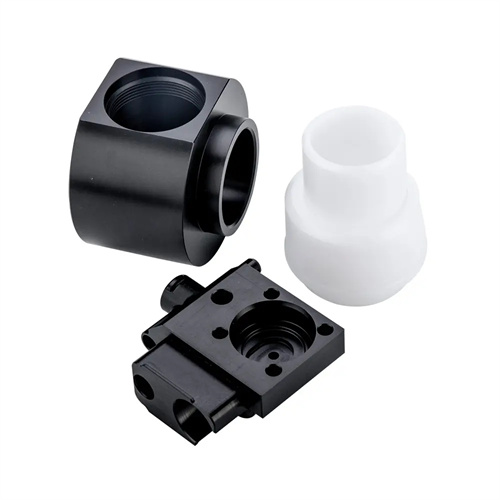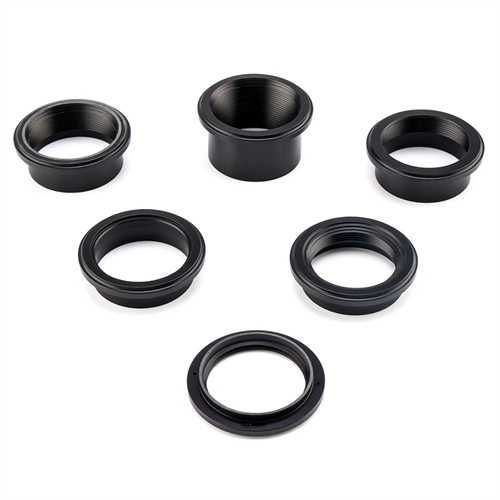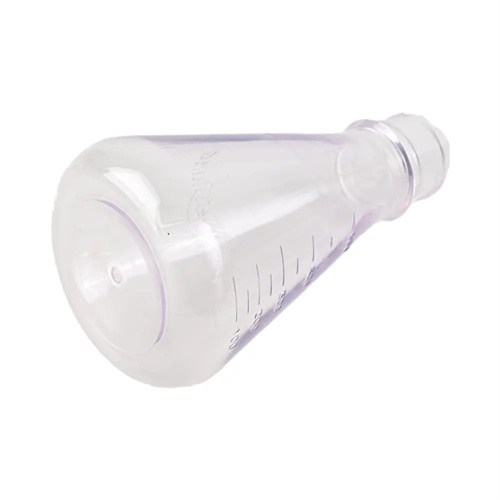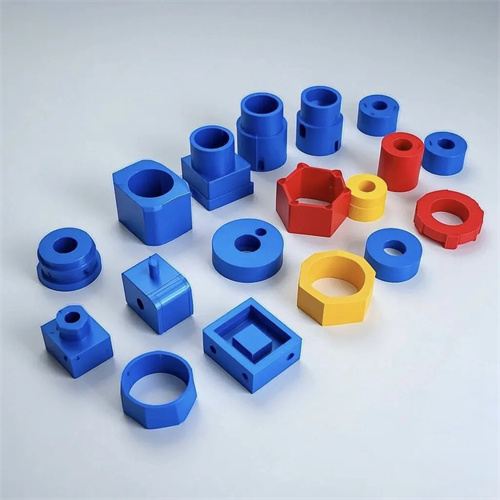Air bubbles (cavitation) and their solutions
In injection molding, air bubbles (cavitation) refer to cavities or bubbles that appear inside or on the surface of a plastic part. Their causes are complex and can affect the mechanical properties and appearance of the finished product. These bubbles can be categorized as vacuum bubbles and gas bubbles. Vacuum bubbles are often caused by the failure of melt to replenish the interior of the part during cooling and shrinkage, resulting in negative pressure cavities. These are often found in the center of thick wall sections. Gas bubbles are caused by entrapped air, gases generated by material decomposition, or poor mold venting, often manifesting as surface bulges or diffuse bubbles within the part. For example, when producing thick PVC sheets, insufficient holding pressure can result in oval vacuum bubbles forming in the center of the sheet due to cooling and shrinkage. Similarly, when the barrel temperature of ABS resin is too high, it decomposes to produce small gas molecules, resulting in dense, pinpoint bubbles on the surface of the molded part. Bubbles not only affect product strength—for example, bubbles in load-bearing components can cause cracking under stress—but also impair surface finish, leading to defects in subsequent painting or electroplating processes.

The main causes of bubbles require a comprehensive analysis of materials, molds, and processes. Moisture or volatiles in the raw materials are common contributing factors. For example, nylon resin is highly hygroscopic. If not thoroughly dried, moisture evaporates during melting, forming bubbles. Impurities in recycled materials can also decompose and produce gases at high temperatures. Mold design flaws are also crucial. For example, improperly positioned or insufficiently deep vents prevent air from escaping the cavity, trapping it in the melt and forming air pockets. Undersized runners or gates create severe shear during melt flow, potentially generating decomposition gases due to localized overheating. Improper process parameters are a direct trigger. For example, excessively fast injection speeds can entrain air, insufficient holding pressure can’t fill shrinkage, and excessively high barrel temperatures can cause material degradation. These factors can increase the likelihood of bubbles. For example, a company producing polypropylene turnover boxes experienced frequent bubbles in the corners of the boxes due to a mold vent depth of only 0.05mm (the recommended value is 0.1-0.2mm). Adjusting the vent depth reduced the defect rate by 80%.

The key to addressing material issues lies in strictly controlling the condition and purity of raw materials. Hygroscopic materials must first be thoroughly dried. For example, polyamides should be dried at 80-100°C for 4-6 hours to ensure a moisture content below 0.05%. Polyesters should be dried at 120-140°C for 6-8 hours to prevent hydrolysis and bubbles. Raw materials containing volatiles can be pre-dried to remove low-molecular impurities or replaced with new, higher-purity materials. When mixing recycled materials, the proportion should be controlled to no more than 30%, and impurities such as metal and paper scraps should be removed by screening. If necessary, add 0.1-0.3% of a defoamer to help gases escape from the melt surface. For example, when producing PC/ABS alloy parts, if the recycled content is too high and causes bubbles, reducing it to 20% and adding 0.2% of a silicone defoamer, while extending the drying time to 8 hours, can effectively eliminate bubbles.

Optimizing mold structure is a fundamental measure to address air bubbles, focusing on enhancing air venting and improving melt flow. Add venting grooves where the melt is last filled (such as corners of the part or at the ends of ribs). The depth should be determined based on the material’s fluidity—0.02-0.03mm for materials with good fluidity (such as polyethylene) and 0.04-0.05mm for materials with poor fluidity (such as polycarbonate). The width should be at least 10mm to ensure smooth air evacuation. For complex cavities, a split mold structure can be used, utilizing the gaps between the molded parts to facilitate air evacuation. For deep-cavity parts, vents should be provided in the core and connected to a vacuum system to preemptively remove air from the cavity. Runner design should avoid sudden changes in diameter or sharp angles. Use a gradually diverging runner to reduce melt turbulence and thus mitigate the risk of air entrapment. For example, when producing a plastic bracket with multiple reinforcing ribs, adding a 0.04mm-deep venting groove at the end of each rib and rounding the runner corners reduced the air bubble defect rate from 15% to below 2%.

Adjusting process parameters is a quick and effective way to eliminate bubbles, requiring precise control based on the bubble type. For vacuum bubbles, the holding pressure should be increased and the holding time extended. For example, increasing the holding pressure from 60% to 80% of the injection pressure and increasing the holding time by 1-2 seconds allows the melt to continuously fill the shrinkage space. Simultaneously, the cooling rate should be reduced and the mold temperature appropriately increased (for example, from 50°C to 60-70°C) to minimize internal and external cooling differences. For gas bubbles, the injection speed should be reduced during the initial stage, and segmented injection (for example, using a low speed for the first 30% of the stroke) should be employed to reduce air entrainment. If the barrel temperature is too high, it should be lowered by 5-10°C and the melt monitored for degradation. Back pressure can be increased to 5-10 MPa to help gases in the melt escape through the barrel nozzle. For example, when producing polystyrene toys, high-speed injection can cause surface bubbles. By reducing the injection speed in the first stage from 80 mm/s to 40 mm/s and increasing the back pressure to 8 MPa, the bubble problem was completely resolved. In addition, regular cleaning of the coke in the barrel and nozzle to prevent impurities from decomposing and producing gas is also an important step in preventing bubbles.
